‘The Super Models’: Exploring the Cultural Phenomenon That Helped Redefine Modern Celebrity

Left to right: Linda Evangelista, Cindy Crawford, Naomi Campbell and Christy Turlington in 'The Super Models,' the new, four-part Apple TV+ docuseries. Photo: Courtesy of Apple TV+
The Super Models may technically be a streaming series, but the highly anticipated docuseries, which premières Sept. 20 on AppleTV+, is rightfully hyped as an event.
Starring legendary supermodels Cindy Crawford, 57, Naomi Campbell, 53, Christy Turlington, 54, and Canada’s own Linda Evangelista, 58, and produced by two-time Academy Award-winning documentary filmmaker Barbara Kopple, the docuseries parses the ’90s supermodel phenomenon in four hour-long episodes: The Look, The Fame, The Power and The Legacy.
Extensive interviews with the four supers (plus a who’s who of the fashion establishment) and plentiful archival clips shape an interesting group portrait of the era that redefined modern celebrity. Recall, for example, how together with another major model — Tatjana Patitz, who died of breast cancer in January — they starred in George Michael’s Freedom! ’90 , the era-defining music video directed by filmmaker David Fincher (who also weighs in). The authentic bond and enduring friendship that arose from that heady time is on full display in the docuseries, as the four reunite and discuss their shared past, the expectations of beauty, the challenges of aging (and joys of the experience) and their individual involvement in various humanitarian causes.
That the docuseries arrives in the wake of the quartet’s triumphant return to the covers of both British and American Vogue’s all-important September issue this season speaks not only to our love of nostalgia, but also attests to how much more fragmented culture (and fame) has become. We will never see their likes again.
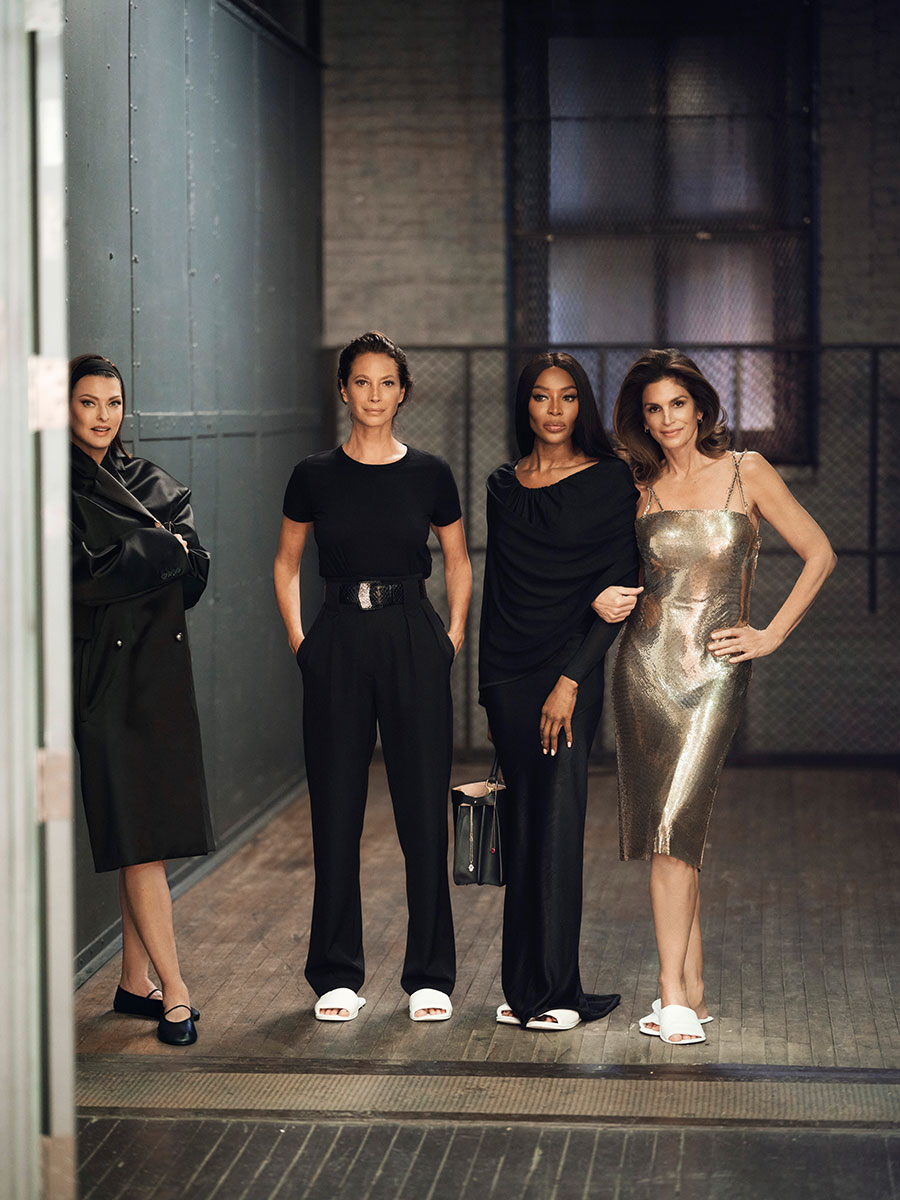
The period was arguably the last gasp of monoculture, before the internet connected subcultures and separated audiences within pop culture. As outgoing British Vogue editor Edward Enninful puts it, “We didn’t have Instagram, we didn’t have Facebook — we had magazines.” They were the primary conduit into another world, curated by people who felt they knew what culture should be.
“Fashion was the arena that made you famous,” Crawford recalls of the unprecedented and frenzied level of attention to models they experienced as their celebrity took over. Larger Than Life, Tiffany Bartok’s 2018 documentary about makeup artist Kevyn Aucoin, makes a similar point while charting the rise of the modern celebrity era of the ’90s, when fashion became mainstream culture and supermodels became cultural icons.
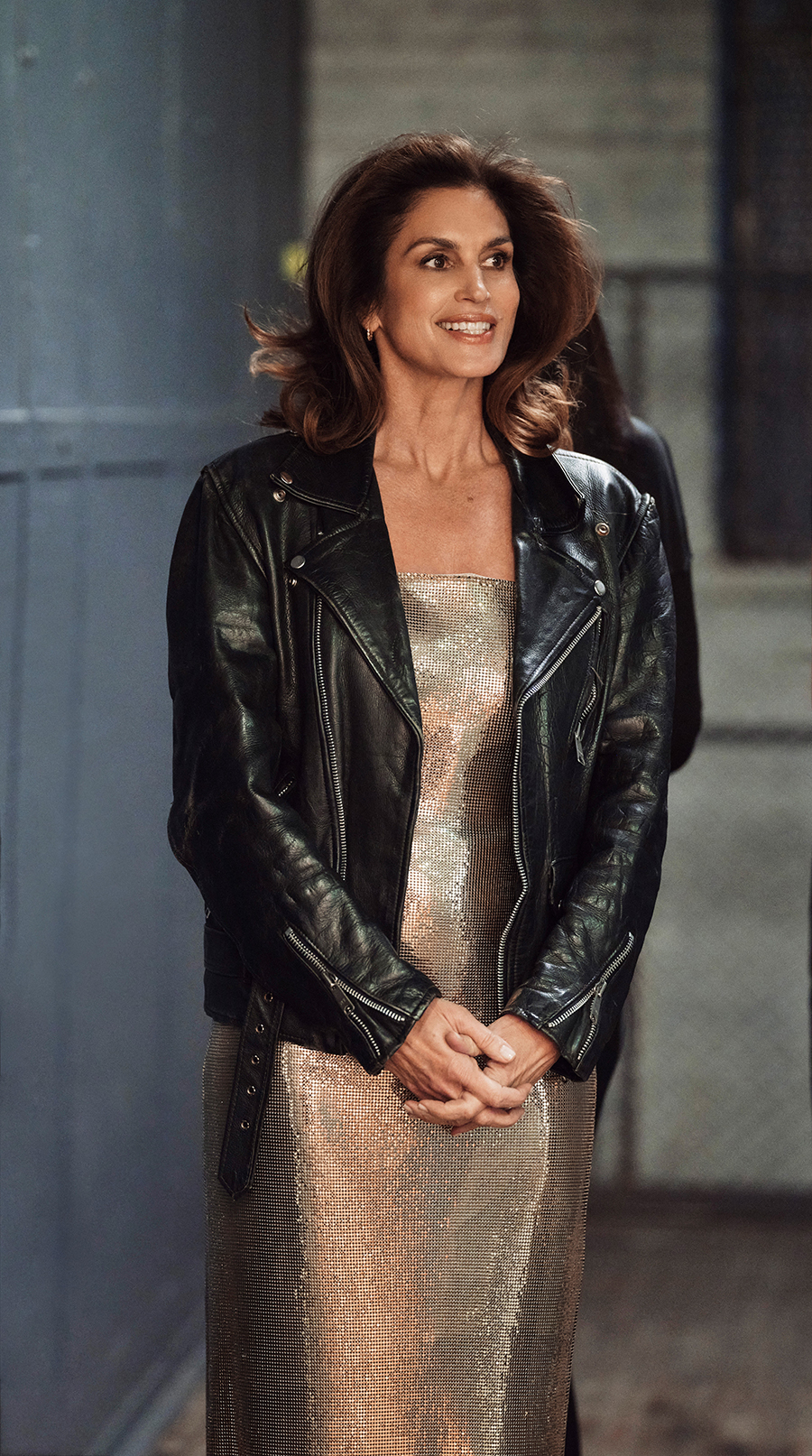
What set the fab four apart is that they owned and harnessed that power and asserted control over their careers and the images shaping them. Evangelista, who is also the co-author and subject of a new coffee-table book about how her frequent collaborations with fashion photographer Steven Meisel altered the style landscape, fondly recalls him making the models part of a shoot’s creative process. That their artistry shaped the pictures is a key factor in the supermodel phenomenon: the cult of personality.
Pulitzer Prize-winning fashion critic Robin Givhan elaborates on this when she underscores how the mythology of the original model was to hide their humanity and personality — they were intended to be nothing more than mannequins, living but silent clothes hangers.
Donyale Luna and What Might Have Been
It’s interesting to watch The Super Models on the heels of Nailah Jefferson’s new HBO documentary Donyale Luna: Supermodel (streaming on Crave), an intimate portrait of the Detroit-born model’s tragically short life that has candid reminiscences from Luna’s husband and daughter as well as friends and contemporaries, like model Pat Cleveland. I’ve been intrigued to learn more about Luna, who died of an accidental heroin overdose in 1979 at the age of 33, since speaking with Atlanta filmmaker Deborah Riley Draper about her 2012 documentary, Versailles 73. Draper’s doc excavates the 1973 fashion face-off between American and French designers — a watershed moment for Black models — but came about from discoveries made while she was originally researching the life of the elusive Luna, who constructed an alluring and exotic persona to conceal her real identity.
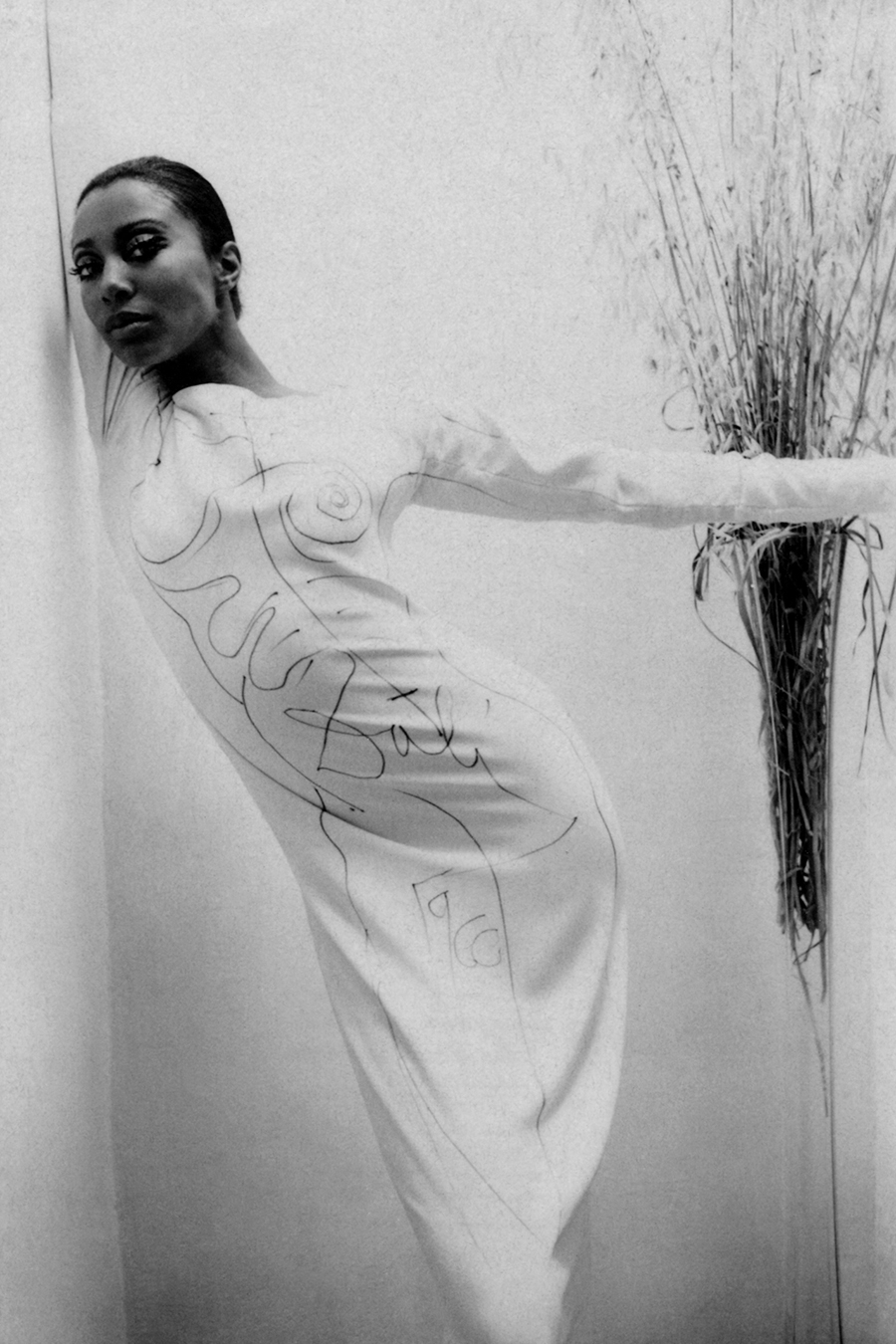
Luna was the proto-supermodel — or should have been. Decades before the separate worlds of print campaign and runway models converged, and the ’90s supers became a total phenomenon, Donyale Luna emerged as a similar sensation. With interests in acting and art, and giving bon mots in interviews about her meteoric rise, she pioneered the fashion model turned multi-hyphenate cultural figure we recognize today. While still a teen she appeared (in illustrated form) on the January 1965 cover of Harper’s Bazaar as well as the cover of U.K. Vogue in March 1966 — making her the first Black cover model of any Vogue. But aside from her brief appearance in the opening catwalk scene of Who Are You, Polly Maggoo? (1966), advertising photographer William Klein’s prescient satire of the fashion world, I had only seen her in motion live on screen in Fellini Satyricon (1969).
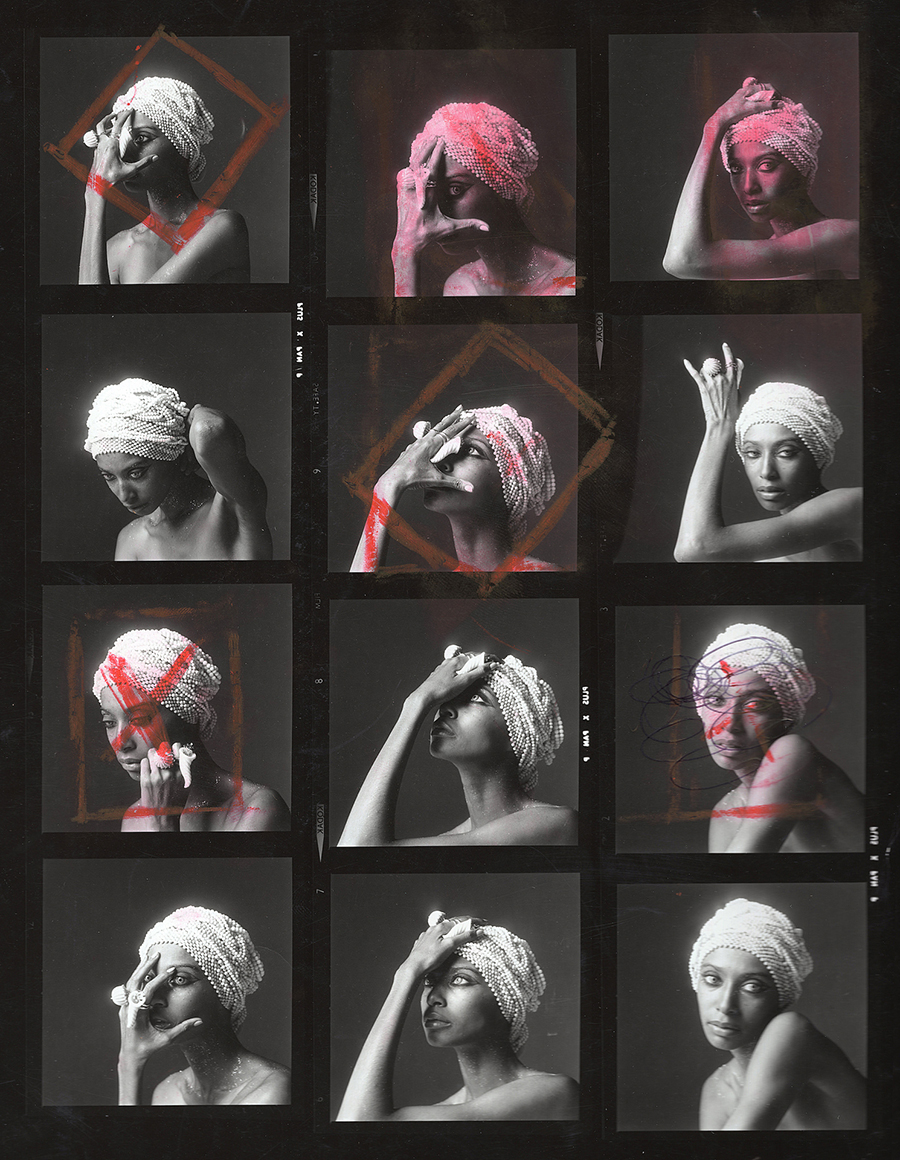
Legendary fashion photographers Richard Avedon and David Bailey captured her regal mien, endless limbs and other-worldly beauty in still images (later referenced by artist Mickalene Thomas) but nothing can prepare you for Luna’s magnetic presence in the extensive archival clips, behind-the-scenes and personal footage that Jefferson assembles in the documentary. If a supermodel is one whose charisma and talent transcend categorization, Luna had it.
Yet, her modelling career was curtailed early on when American magazines’ southern readers got offended and advertisers revolted against Black representation. In spite of entreaties from top photographers, for instance, the documentary recounts just one of Vogue editor Diana Vreeland’s breathtakingly racist ripostes; and without American Vogue’s support, Luna’s future opportunities evaporated. She moved on to London, where for a time she was a celebrated personality in creative circles, then to Paris before finally finding love and settling in Rome.
The Rise of the Supermodel
Building on the ’50s work of pioneering Black Paris couture models Dorothea Towles and Helen Williams, it would still take Naomi Sims, the first Black model to cover both conservative dominant publications Ladies’ Home Journal (Nov. 1968) and LIFE (Oct. 1969), and model muses such as Mounia (and later, Guinean model Katoucha) as part of Yves Saint Laurent’s cabine in Paris, to begin to normalize racial diversity in fashion.
And even then, in The Super Models, Campbell recalls how Turlington still had to step out to hail taxis on her behalf in late-’80s New York City, because they wouldn’t otherwise stop for her. Recalling her own uncompromising ambitions — herself the first Black model to grace a French Vogue cover — Campbell rhymes their names off early on, adding, “What the white model was getting, I wanted it too.”
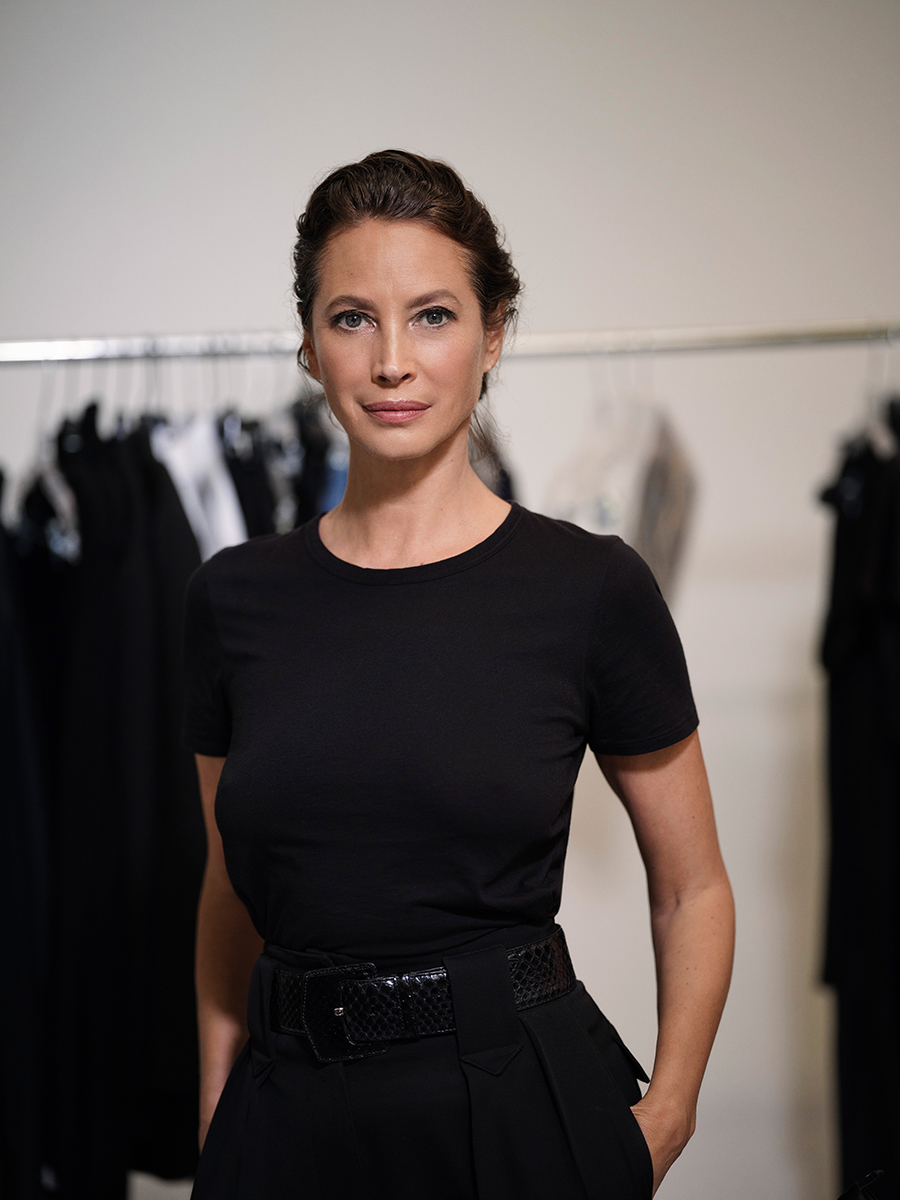
In the ’60s, the fashion industry did not have Black or diverse model representation in mainstream (read: dominant white) fashion magazines. Just how little representation is the subject of Invisible Beauty, the new documentary portrait about octogenarian fashion revolutionary and diversity advocate Bethann Hardison (in cinemas now; read Zoomer’s conversation with the icon here).
Beverly Johnson is generally credited as the first Black cover model to break the racial barrier thanks to her 1974 cover of the all-important American edition of Vogue. She appears in Donyale Luna to discuss how fashion reflects the exclusionary racial climate and to praise her predecessor. At one point, there is a casual revelation and the filmmaker keeps the camera rolling on Johnson’s intimate and humane response. The powerful moment lays bare just how painful, lonely and isolating trailblazing can be, even when it looks like a triumph.
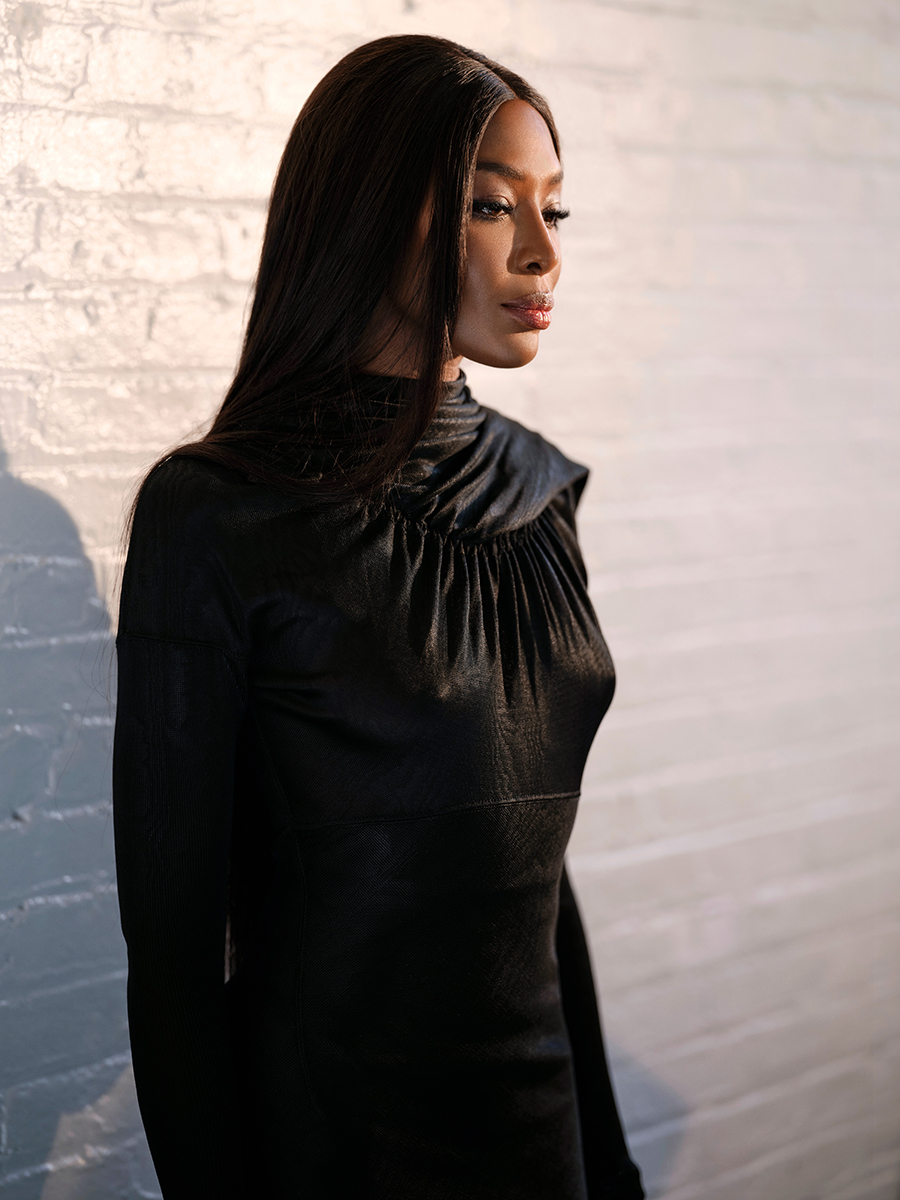
In a similarly unsettling sequence in The Super Models, Crawford recalls a 1986 guest appearance on Oprah, sitting silently by and smiling obediently while agent John Casablancas speaks for her with Oprah and they discuss her looks and body as though she were cattle. (Savvy Crawford soon cultivated a wider audience by hosting MTV’s House of Style and posing for Playboy before launching skin care and home lifestyle brands.)
St. Catharines, Ont.’s own Evangelista is the model who made the infamous “We don’t wake up for less than $10,000 a day” remark that would come back to haunt the group in the ensuing backlash. Kate Moss, the advent of grunge and hip-hop, and the glut of pale and slender models emerging from post-Soviet states would displace the quartet later that decade.
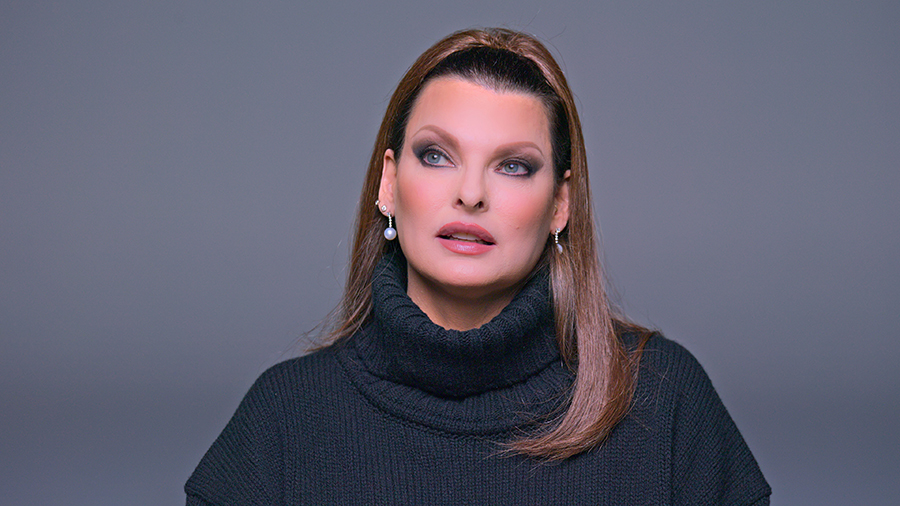
It’s Evangelista, however, who has been back in the public eye lately, after both revelations of a breast cancer diagnosis and the CoolSculpting procedure that left her body disfigured (she and the parent company settled last summer for an undisclosed sum). Her raw account of her allegedly abusive marriage to French model agent Gérald Marie (who has since been the subject of sexual assault investigations), and a changed relationship to her sense of self and shifting perception of beauty, are profound moments.
Because for all the early personal photographs and footage of the fab four as young models in The Super Models, their rise from scrappy up-and-comers to jet-set lifestyle and star-studded heyday is less interesting than their retrospect — particularly in the final episode, when each assesses their individual and collective legacy.
After watching both, one can’t help but wish that Donyale Luna’s fate had been different, so she too could assess her own role in the rise of the supermodel.